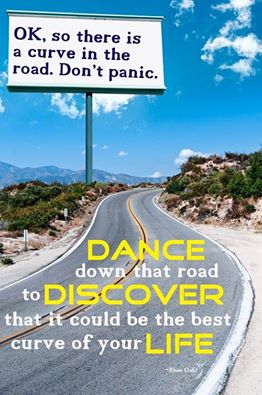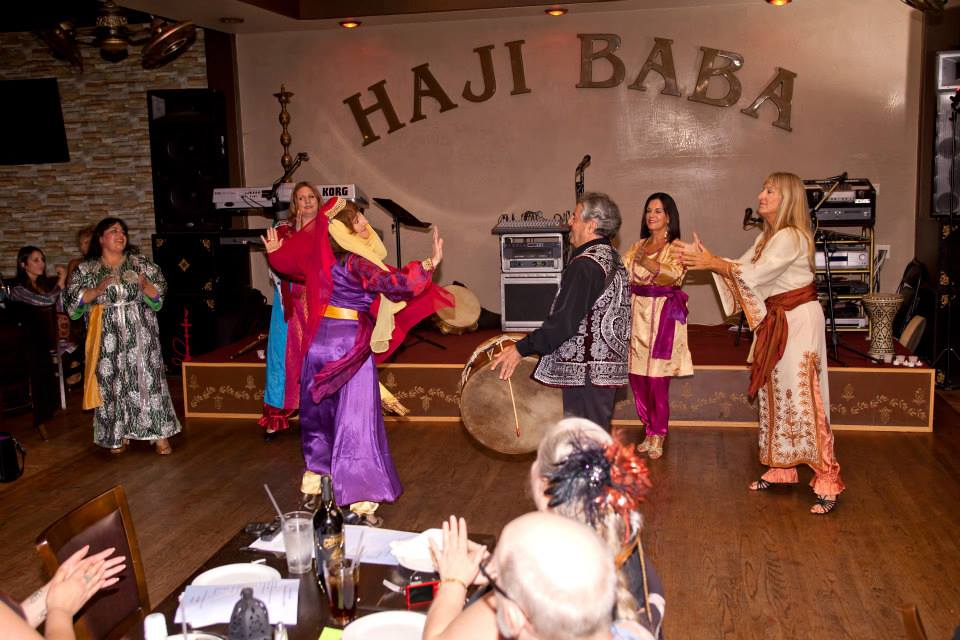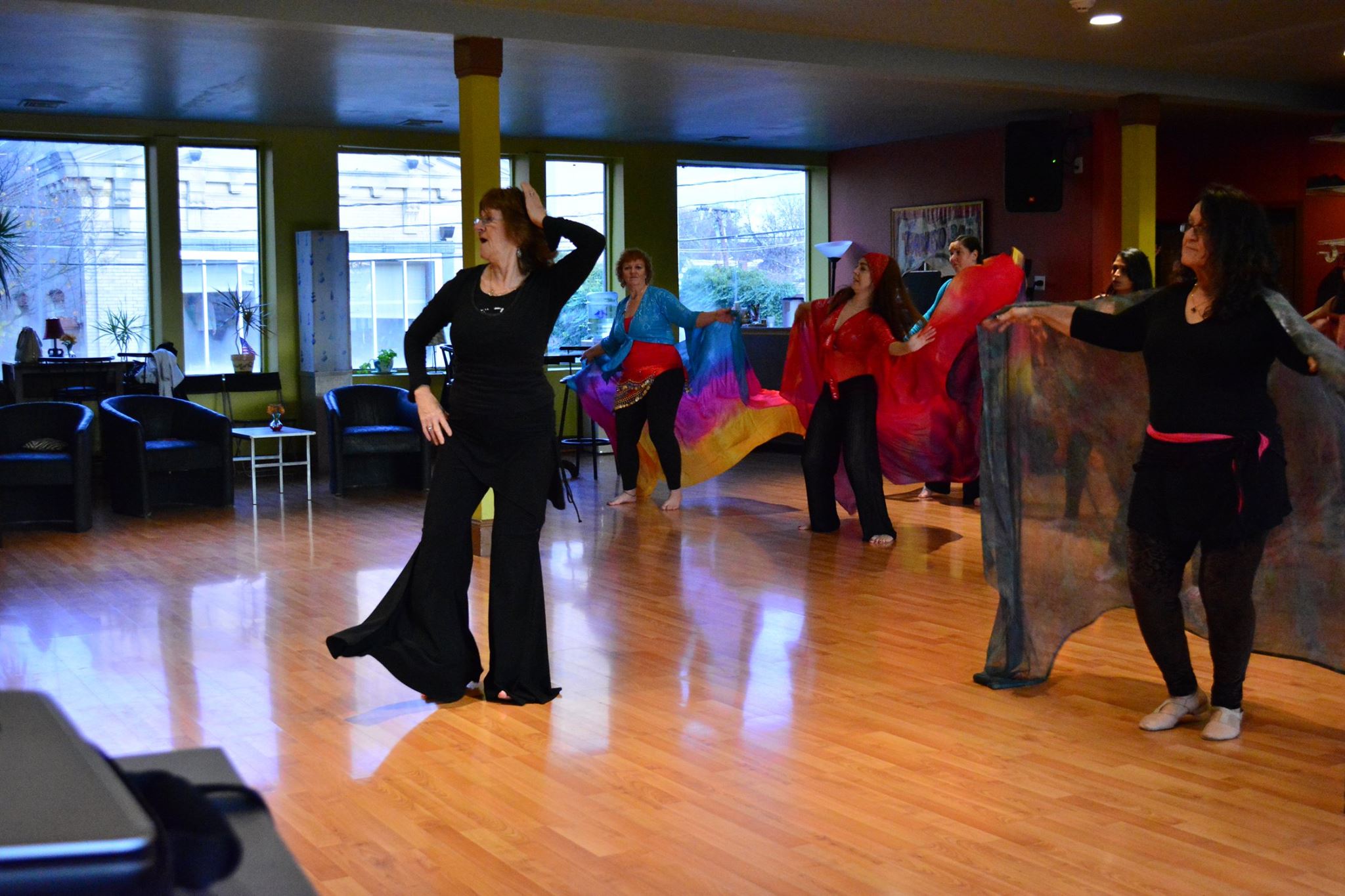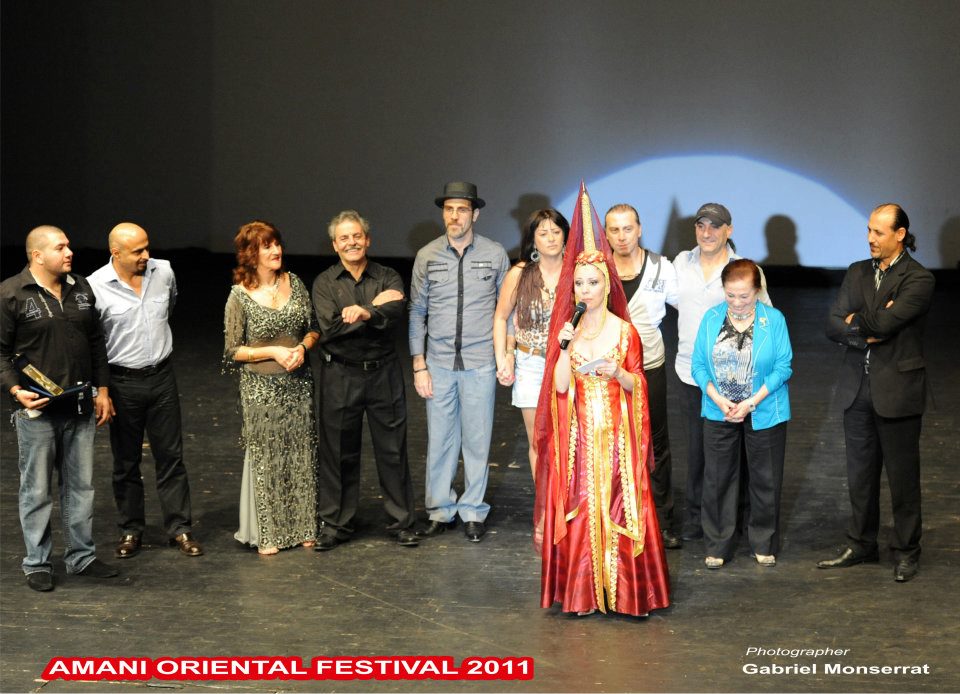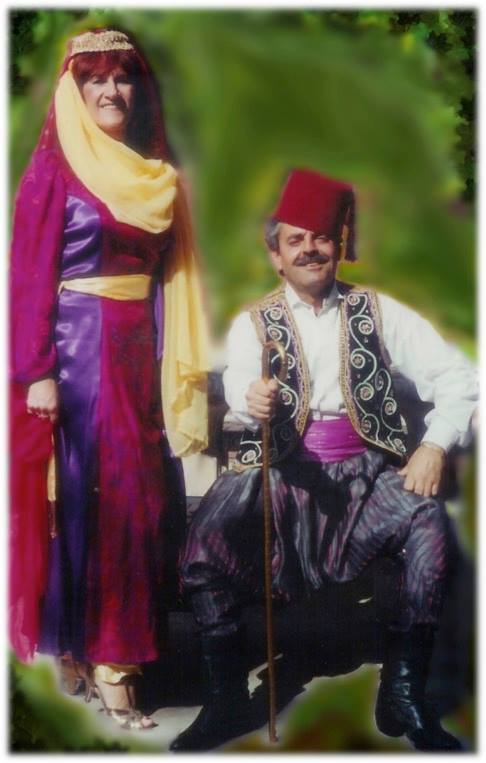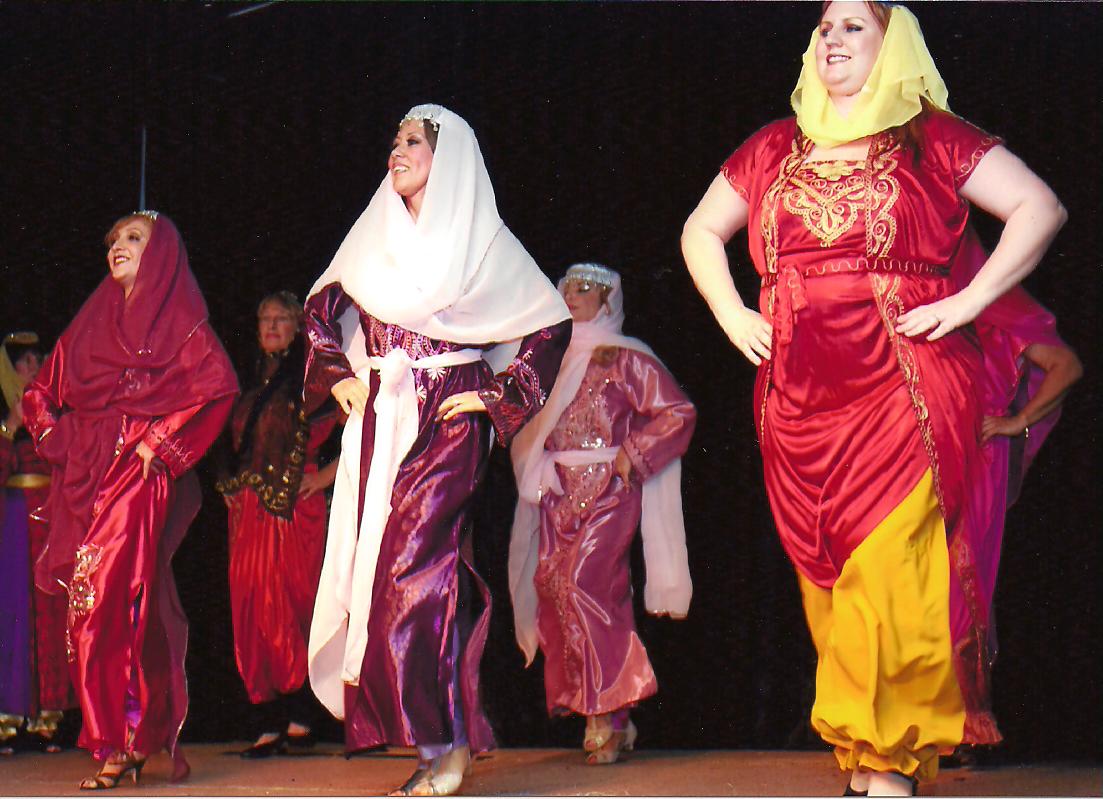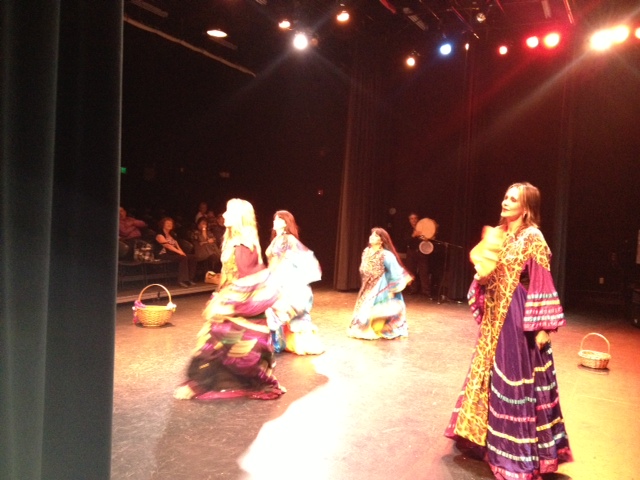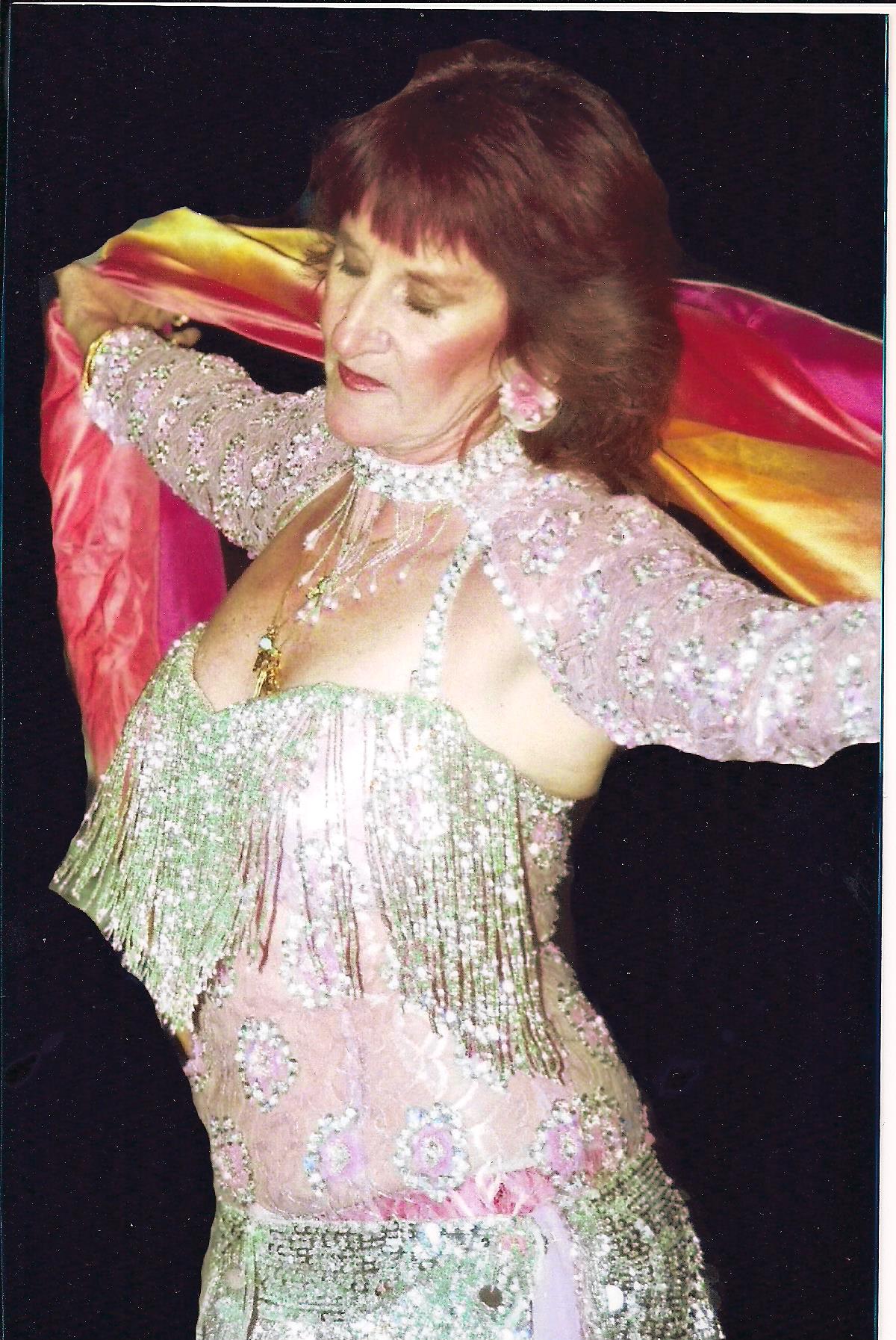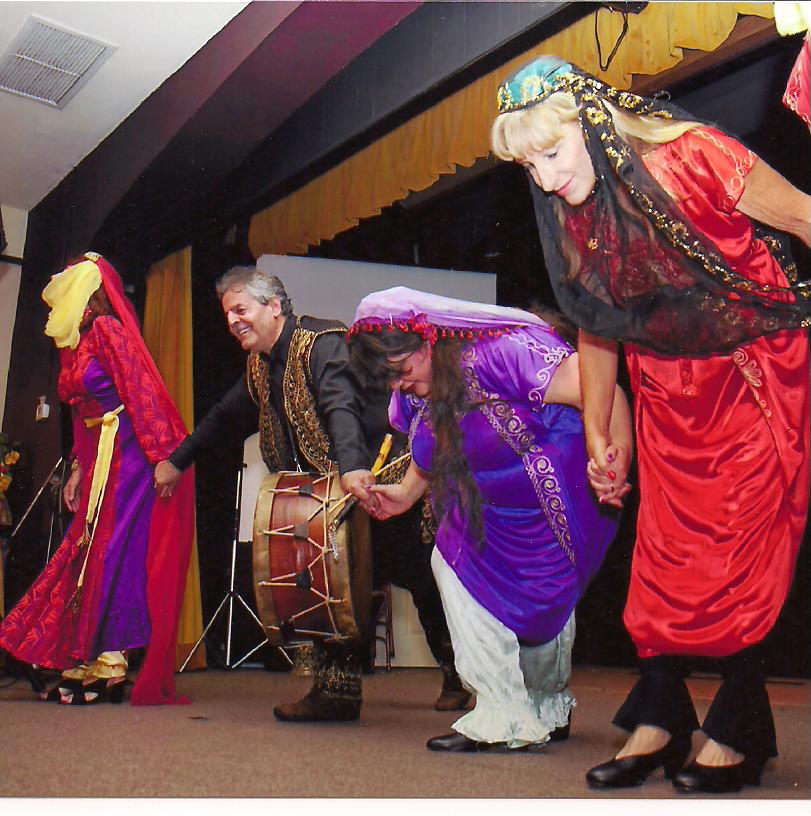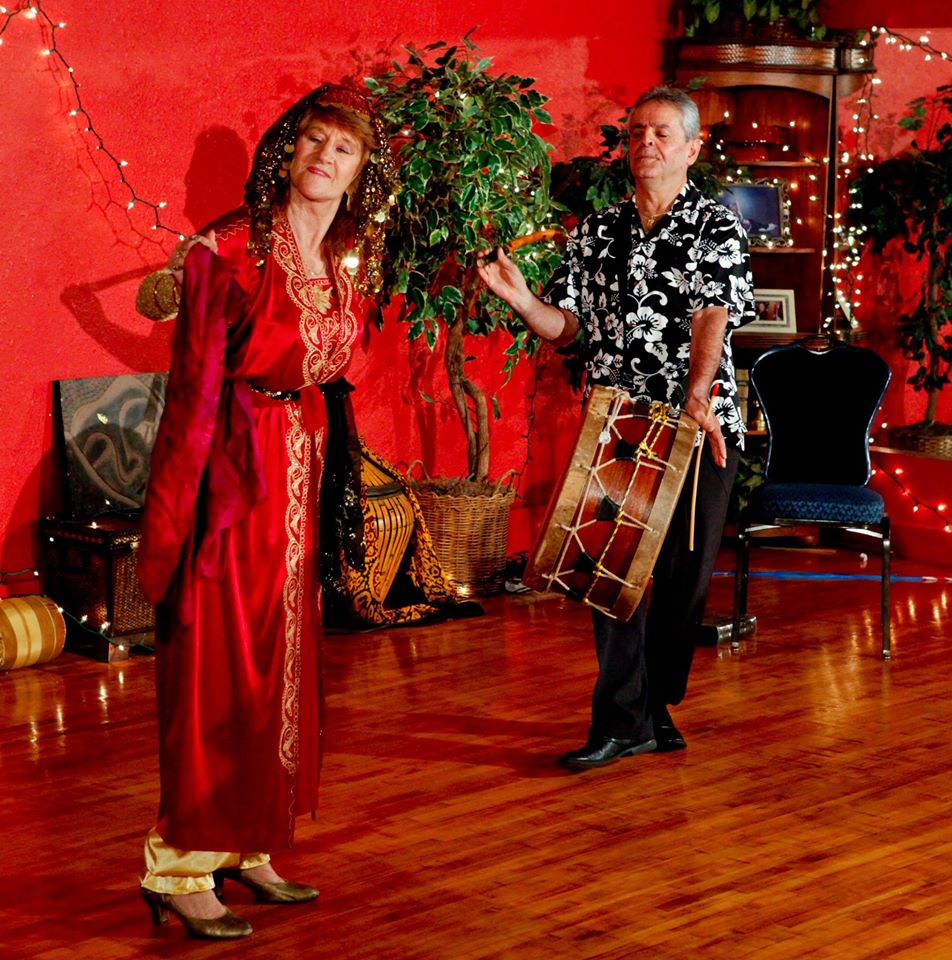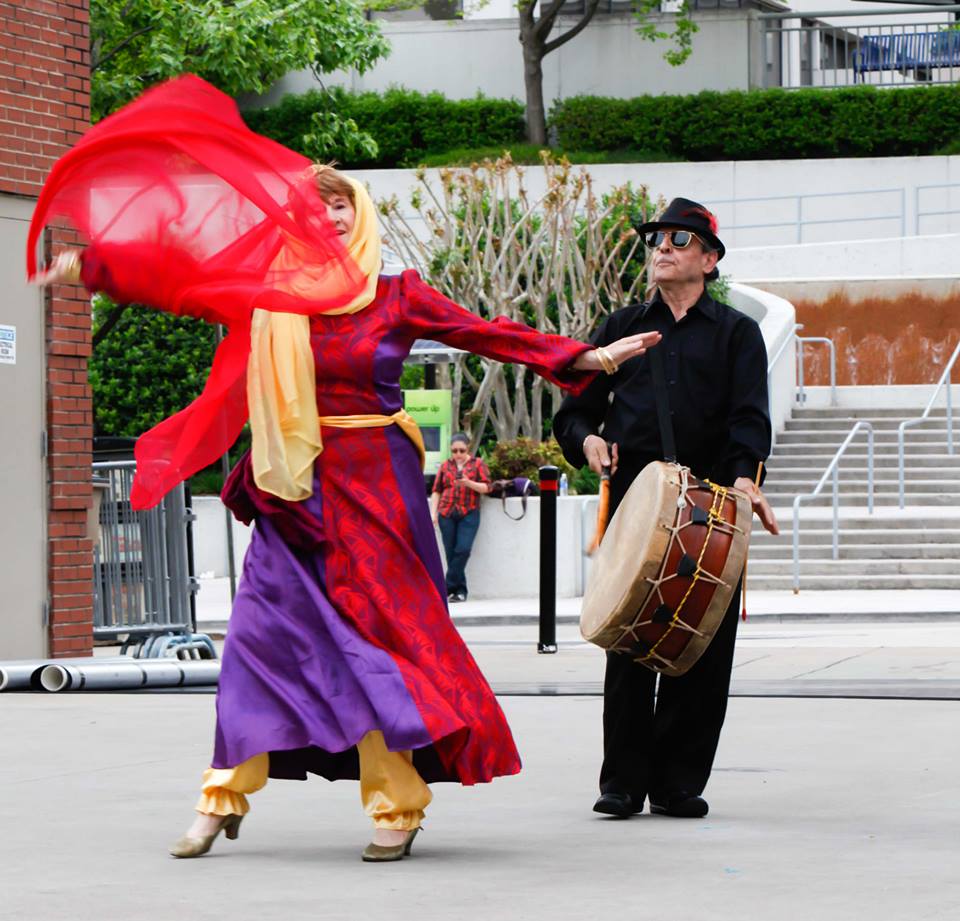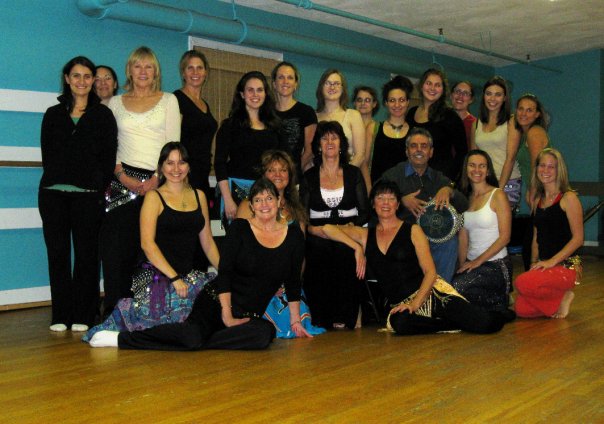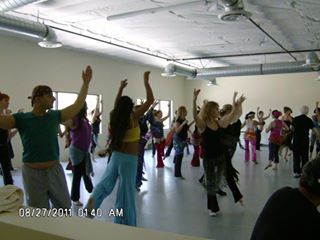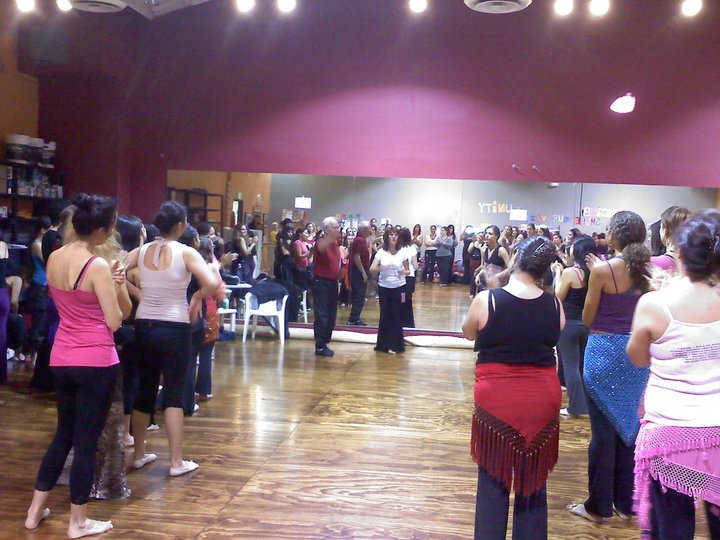No matter whether you are into fitness, dance or tennis you need to make sure you are taking care of your muscles. You do want to strengthen but nor over strain them. Know there is a difference between muscle soreness from use and a strained or pulled muscle. Both, do need a balance of rest and strengthening. A pulled or strained muscle has distinct symptoms. You know it is not just a back from a vacation soreness. 
Muscles like to be warm. Coming into class and not doing a warm up before dancing is asking for trouble. So. take the time for even a quick stretch before starting full out.
There are three levels of muscle tears.
1. This level is where a few fibers have been torn and stretched beyond their natural resting spot.
2. Level three is where All or most of the fibers have been severed.
3. Level 2 is somewhere in between.
SYMPTOMS:
1. Pain When Stretching: If it is painful to move, minimize the range of motion. If still painful you might have a muscle strain.
2. Lack of Strength: Soreness accompanied by lack of strength distinguishes soreness from strain.
3. Redness, Swelling & Bruising: Any combination of these three can indicate a a strained muscle. The onset of symptoms can develop itself differently.
TREATMENT: It is important to see a medical professional. Get it diagnosed and create a treatment plan. Muscles DO repair.
It is easy to push the muscle too much or too little. To repair properly it must be used. So think walking. If not the body will create a scar tissue instead of rebuilding. Scar tissue is weaker and less pliable than regular muscle tissue. Then, one becomes weaker and less flexible. If you push too hard you will end up with a worse injury.
PREVENTION: The best way to prevent a muscle strain is to warm up before dancing, sprinting etc. Avoid static stretches when muscles are cold. A static stretch is one that stretches beyond its flexibility and holds it there. This produces the muscle to decrease its ability to contract and use force. These static stretches should be used t the end of class to cool down as your muscles are warm. Dynamic stretching, where muscles are moving through a range of motions but not stopping at the end point for too long. You are moving the muscles back and forth like an accordion. 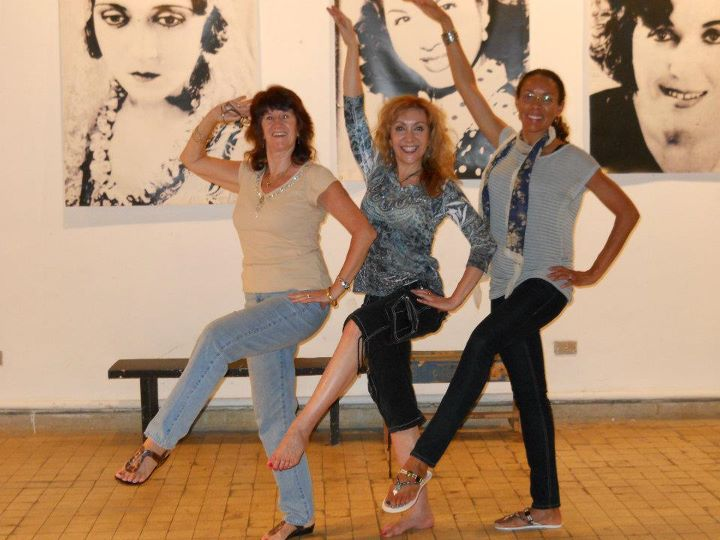
DYNAMIC STRETCHES:
1. HAMSTRING BOTTOMS UP: 1.Feet in parallel, hip distance apart 2. Bend knees, Put forearms on thighs with flat back. 3. Straighten knees. Lean forward pressing weight into forearms 4. Keep the back long reach out with sitz bones up to the ceiling. 5. Only straighten legs to point where you can keep back flat. 6 Squat down as deeply as possible keeping weight on knees. 7. Repeat 10 times slowly.
2. HIP FLEXOR: 1. Stand with left leg front & right foot back in a wide lunge with back heel lifted. Keep hips square. 2. Keep back straight and body centered. Slowly lower as you bend both knees. As you lower bring right arm up over head. Keep left knee of left ankle . You should feel a lengthening of the back thigh and hips into belly. 3. Bring arm back down as you slowly straighten up to starting position. 4. Repeat 5-10 times before switching to the other side.
For an extra challenge lean slightly forward and do a contraction. Do this with one hand on the barre for support.
Do not hold any position. Move slowly to the end of your range of motion and then back out of it. NO BOUNCING EVER!!

Morwenna & Walid Assaf
Art/Dance Academy
East TN 37820
760=715-2276
ArabiDanseAcademie@sbcglobal.net
https:://ArtDanceAcademy.webs.com




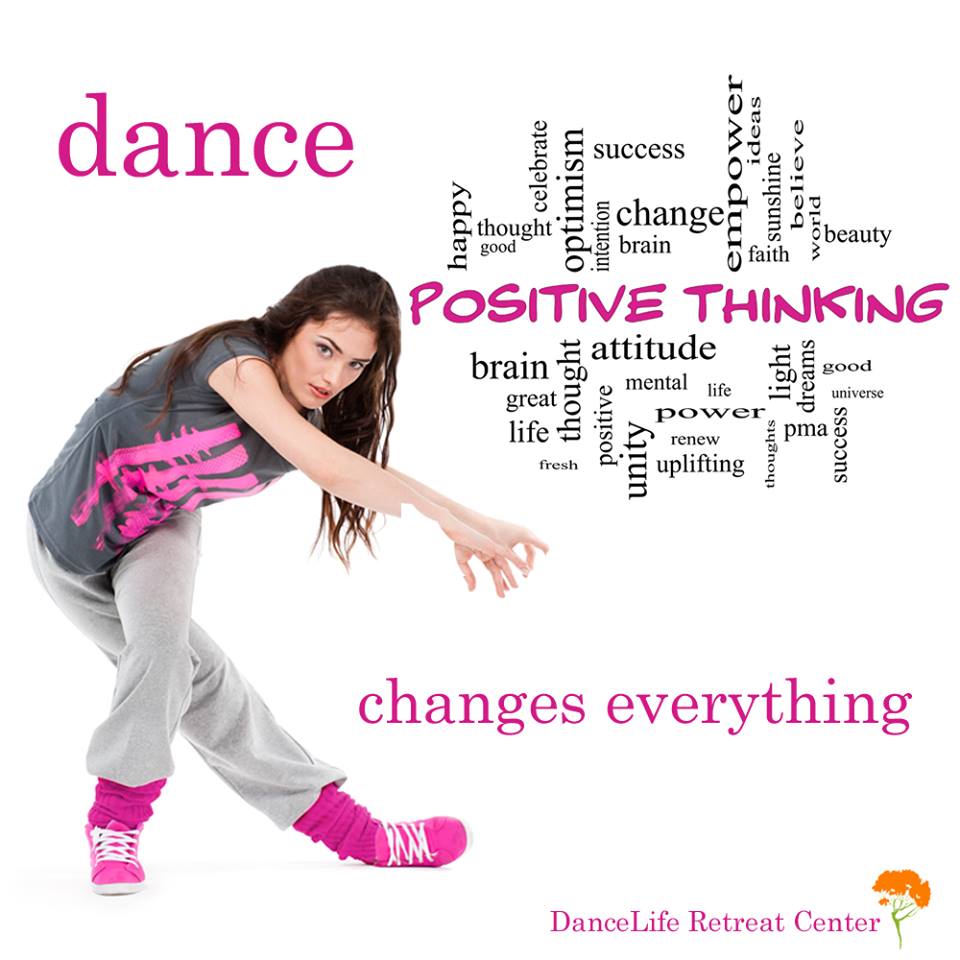

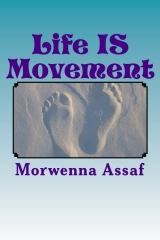 Consistency in approach can help. Promote a routine for when you arrive. This will put you in the right frame of mind for class. This helps your teacher as well. It might be sitting quietly for a few moments, taking a couple of deep breaths to become centered in the space. It might be instigating a related chat before the warm up. However every approach should incorporate a solid warm up. Warming up is physical and mental preparation, and should not be underestimated. If you can achieve this every time you attend class, you will be perfectly prepared for what ever you get in the studio.
Consistency in approach can help. Promote a routine for when you arrive. This will put you in the right frame of mind for class. This helps your teacher as well. It might be sitting quietly for a few moments, taking a couple of deep breaths to become centered in the space. It might be instigating a related chat before the warm up. However every approach should incorporate a solid warm up. Warming up is physical and mental preparation, and should not be underestimated. If you can achieve this every time you attend class, you will be perfectly prepared for what ever you get in the studio. 